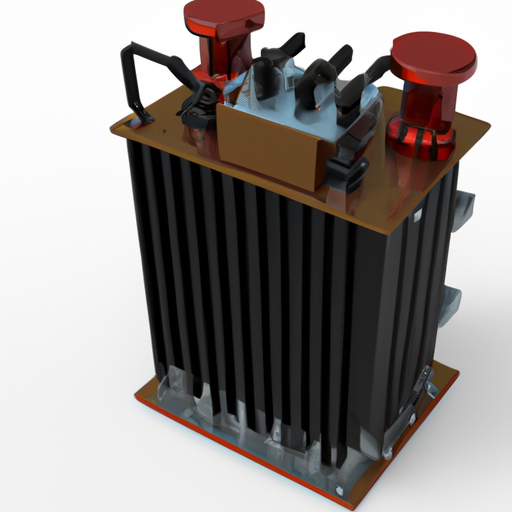Title: The Latest Power Transformers: Advancements and Specifications

1. Enhanced Efficiency (200 words) The latest power transformers are designed with a strong focus on efficiency, aiming to minimize energy losses during transmission. Advanced core materials, such as amorphous metal alloys, are being used to reduce core losses by up to 70%. Additionally, the development of low-loss winding materials and improved cooling systems has further enhanced the overall efficiency of power transformers. These advancements not only reduce energy wastage but also contribute to cost savings and a greener energy infrastructure.
2. Increased Reliability (200 words) Reliability is a critical aspect of power transformers, as any failure can lead to significant disruptions in the power supply. The latest transformers are equipped with advanced monitoring and diagnostic systems that enable real-time condition assessment. This allows for proactive maintenance and timely detection of potential faults, minimizing downtime and improving overall reliability. Furthermore, the use of robust insulation materials and advanced cooling techniques ensures optimal performance even under extreme operating conditions, enhancing the lifespan of power transformers.
3. Environmental Sustainability (200 words) In response to the growing concerns about climate change and environmental impact, power transformers are now being designed with a strong emphasis on sustainability. The latest transformers incorporate eco-friendly features such as biodegradable insulating oils, which significantly reduce the risk of soil and water contamination in case of leaks or spills. Additionally, efforts are being made to reduce the overall size and weight of transformers, resulting in reduced material usage and transportation emissions. The integration of smart grid technologies also enables better load management, reducing energy wastage and promoting a more sustainable energy system.
4. Advanced Monitoring and Control Systems (200 words) The latest power transformers are equipped with advanced monitoring and control systems that enable remote monitoring and diagnostics. These systems provide real-time data on various parameters such as temperature, oil level, and vibration, allowing for proactive maintenance and early fault detection. Additionally, the integration of artificial intelligence and machine learning algorithms enables predictive maintenance, optimizing the performance and lifespan of transformers. These advanced systems not only enhance the reliability of power transformers but also contribute to the overall efficiency and cost-effectiveness of the power grid.
Conclusion (100 words) The latest power transformers have witnessed significant advancements in terms of efficiency, reliability, and environmental sustainability. With the integration of advanced materials, monitoring systems, and control technologies, these transformers are capable of meeting the ever-increasing demands of the modern world. As the global energy landscape continues to evolve, power transformers will play a crucial role in ensuring a reliable and sustainable power supply. By embracing these latest specifications and features, power utilities can enhance their operational efficiency, reduce environmental impact, and pave the way for a greener and more resilient energy future.